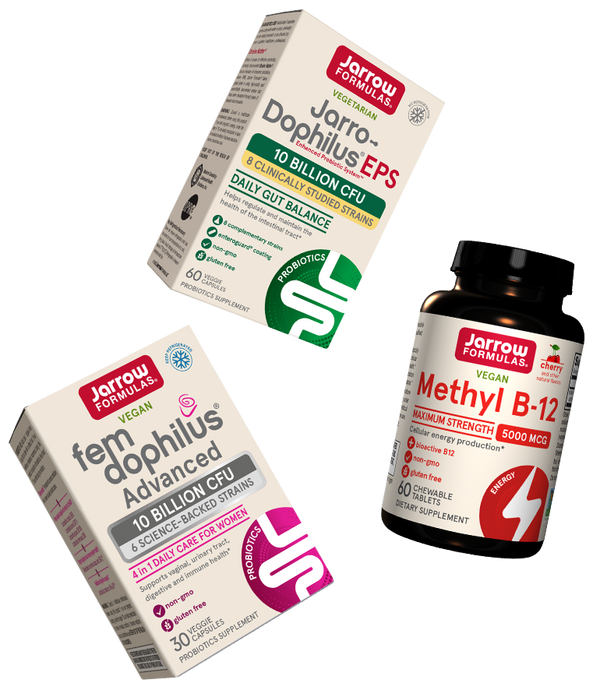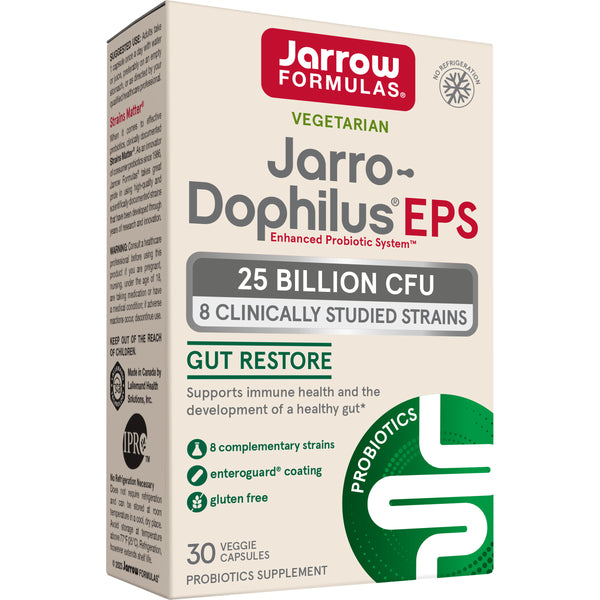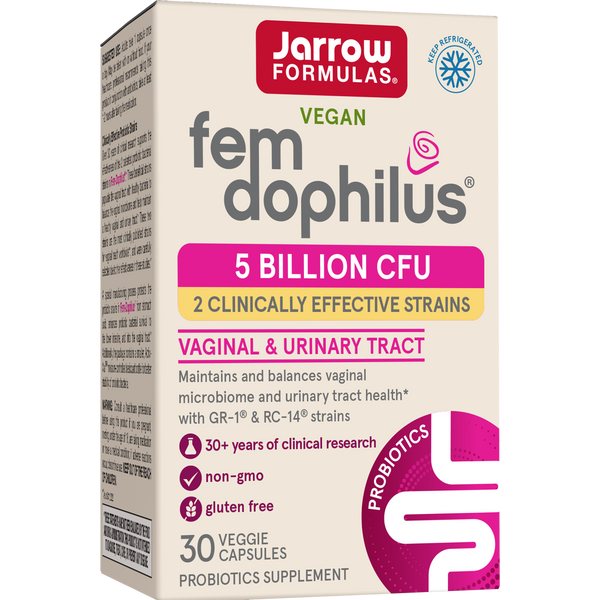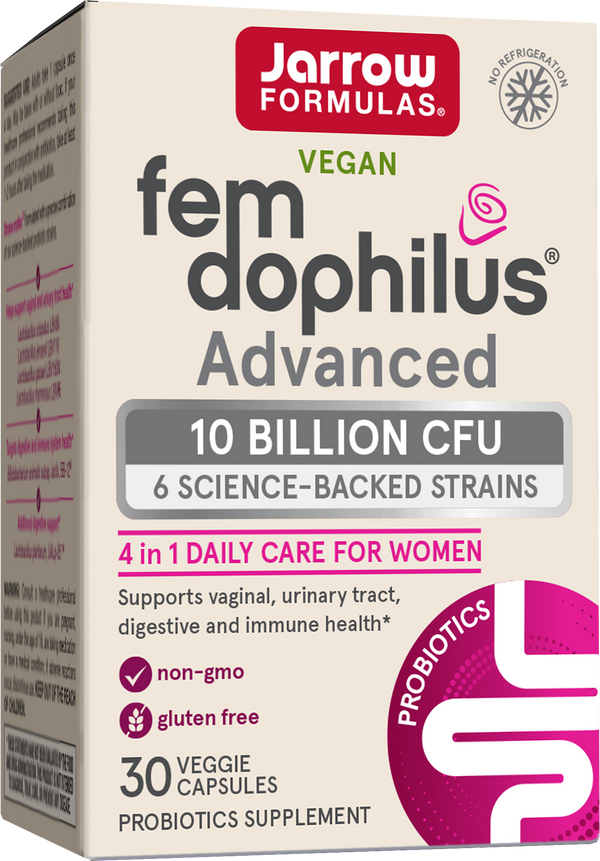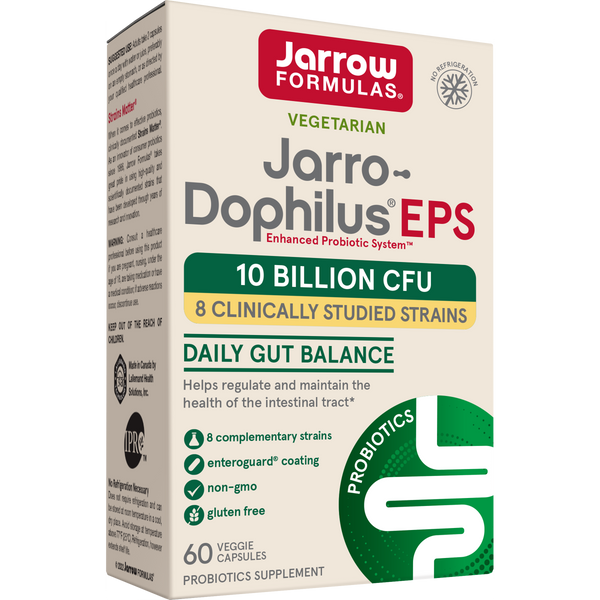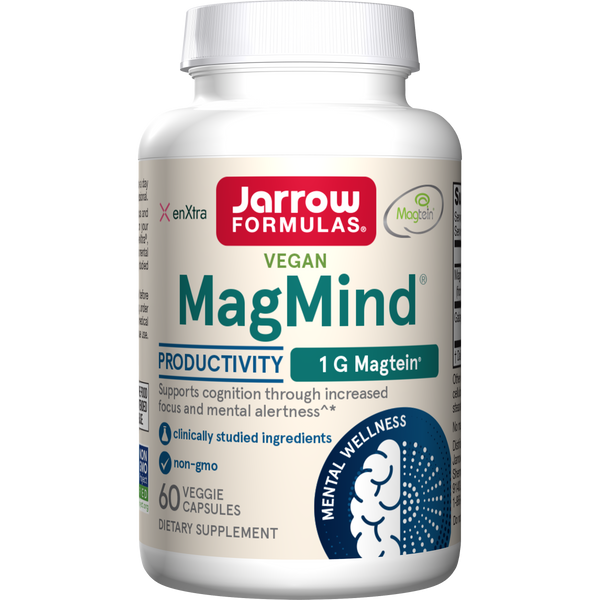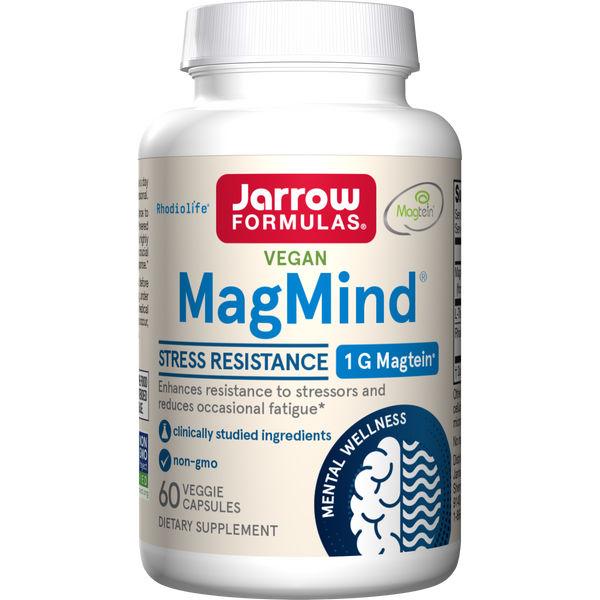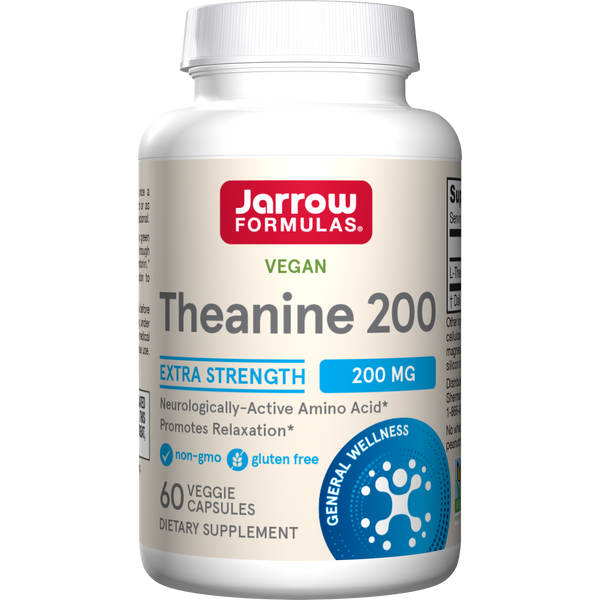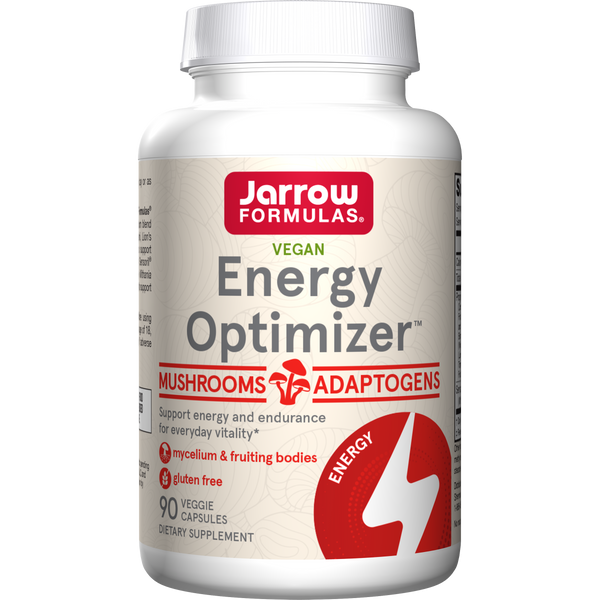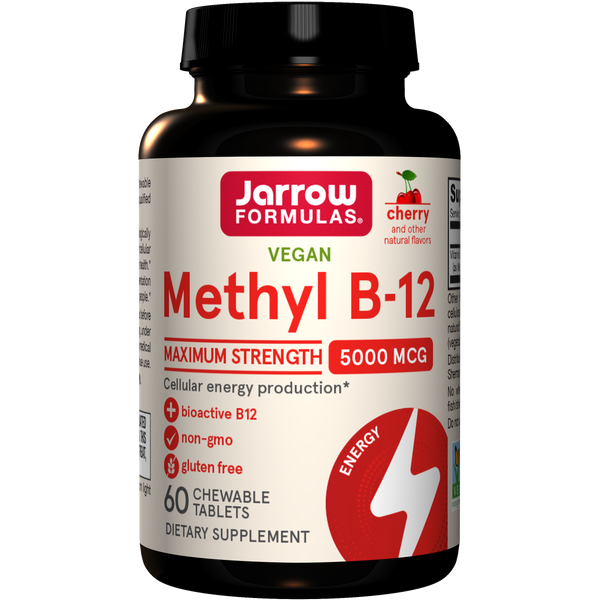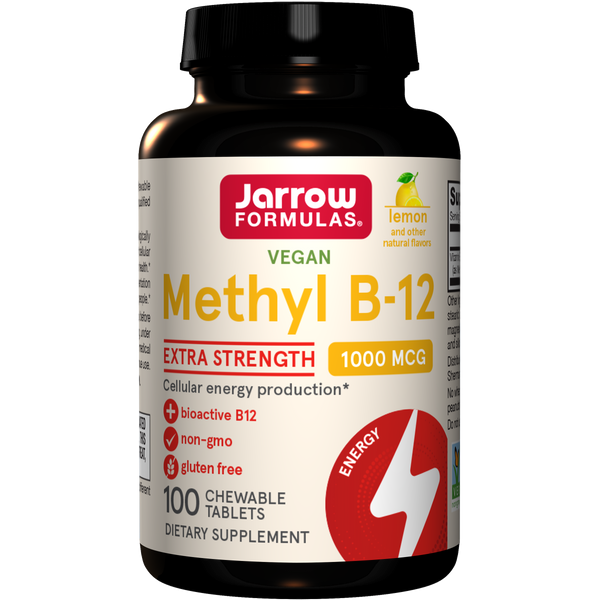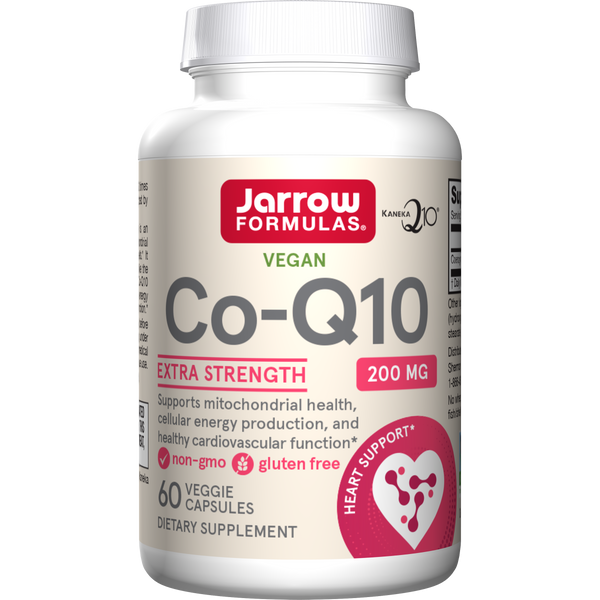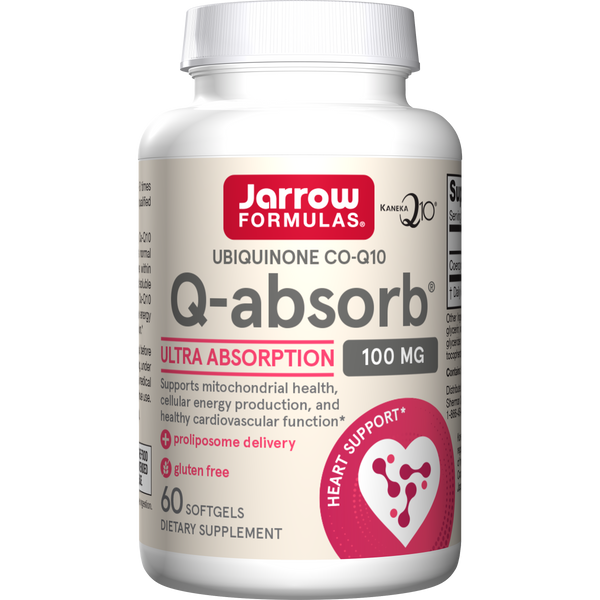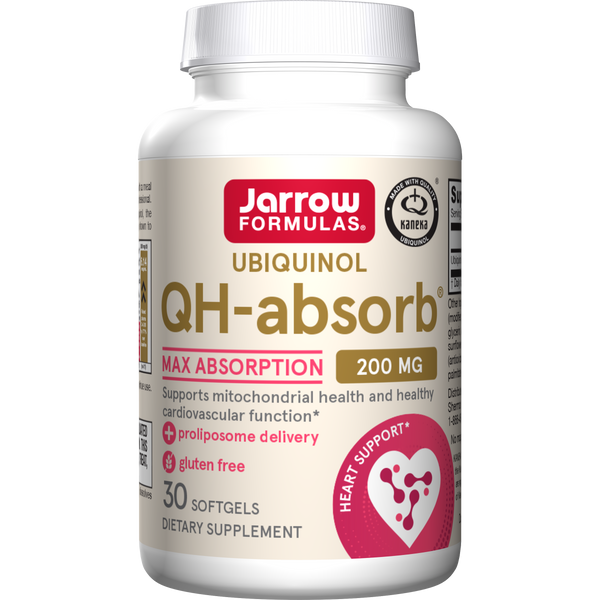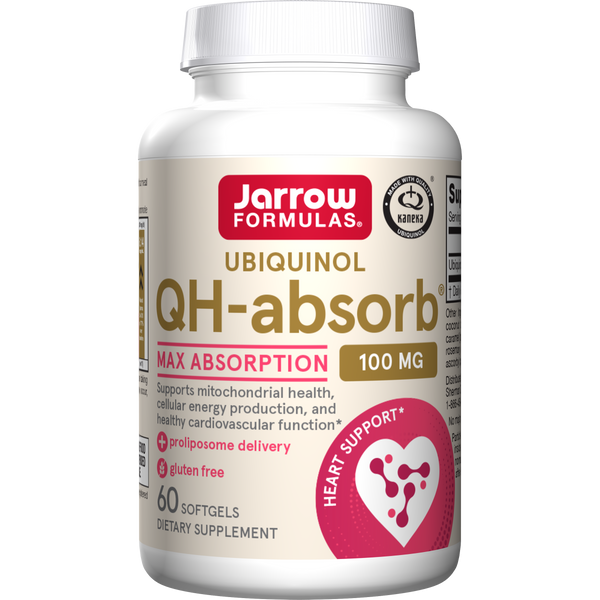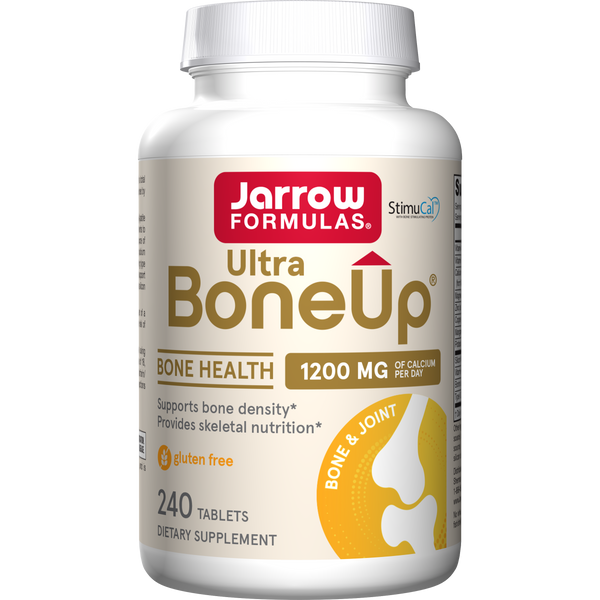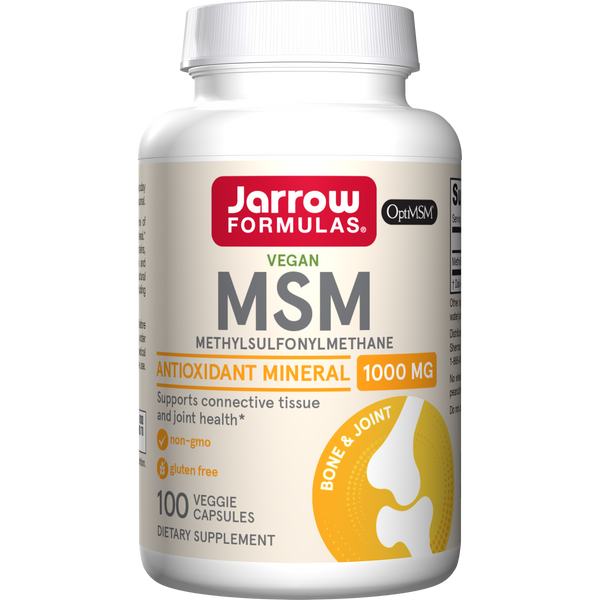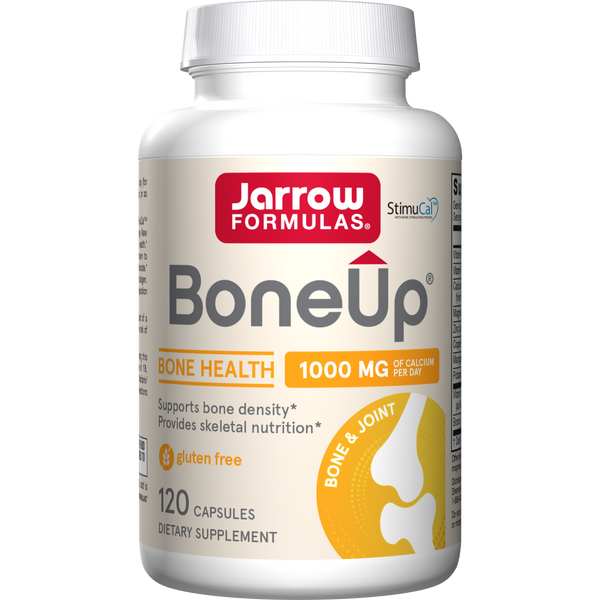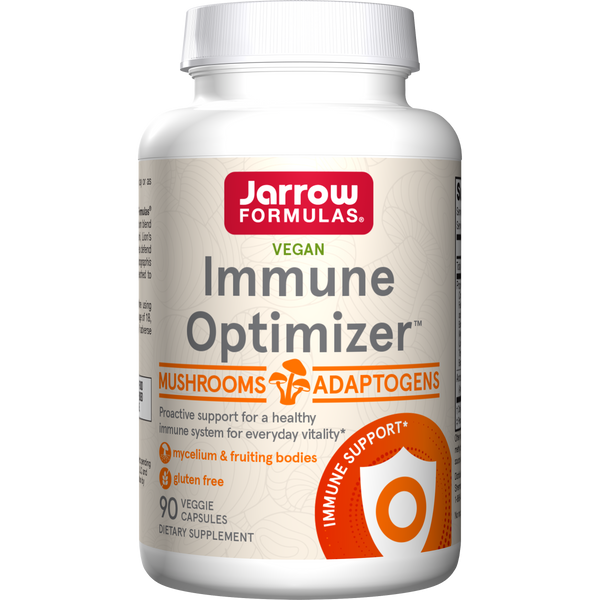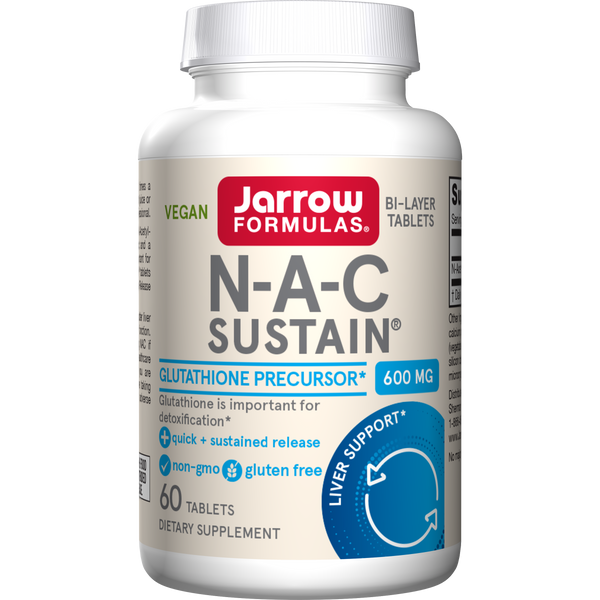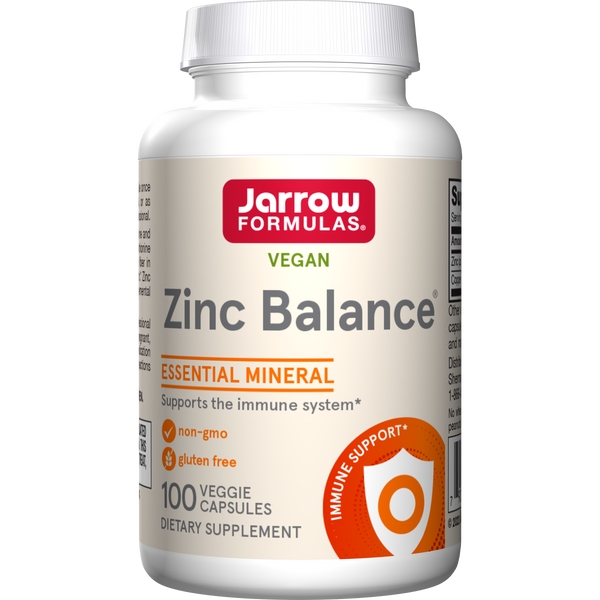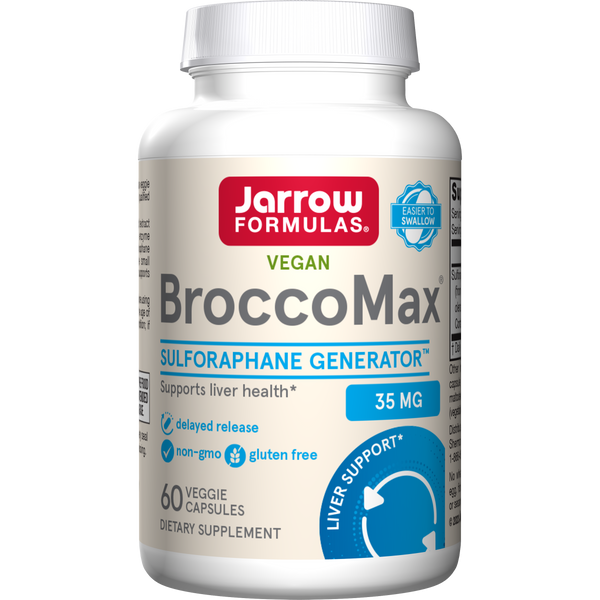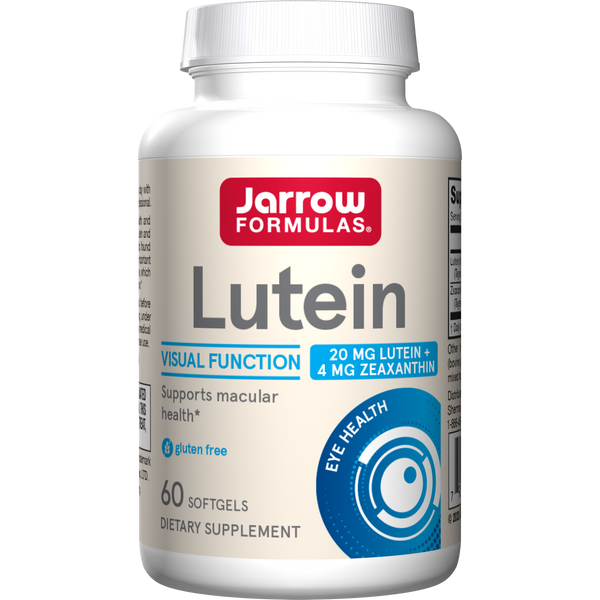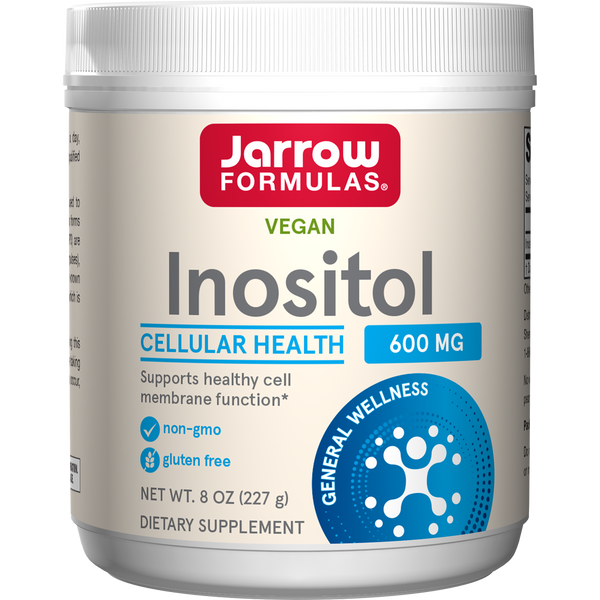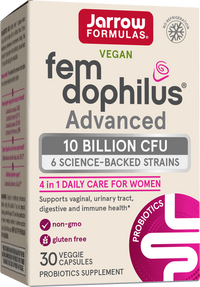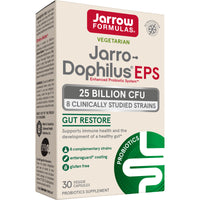QH-absorb Reference Guide
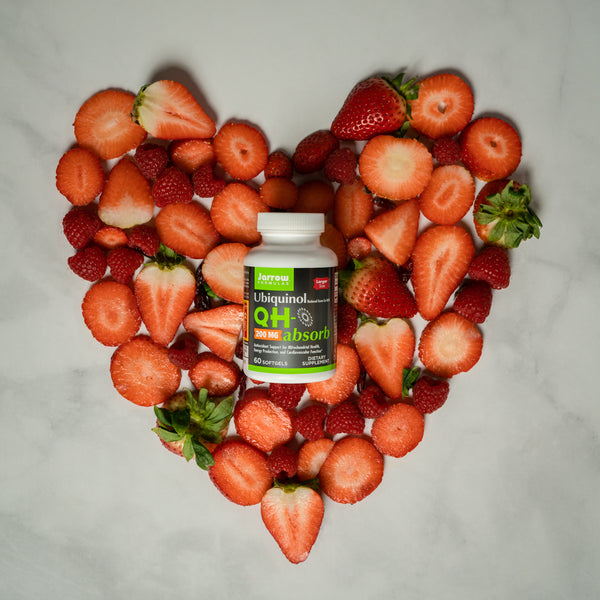
QH-absorb Reference Guide
Supports Heart Function and Antioxidant Status*
Jarrow Formulas® QH-absorb® is a bioavailable, active-antioxidant form of CoQ10. It utilizes the Q-absorb® natural, proliposomal delivery system for enhanced absorption.*
Who Can Benefit from This Product?
Designed for those who seek the superior absorption of ubiquinol for cardiovascular and antioxidant benefits.* May be particularly useful to older consumers who may not activate CoQ10 sufficiently or whose levels have been depleted.*
Product Highlights
- Active antioxidant (reduced) form of CoQ10 – ubiquinol
- Provides Greater Benefits Than Standard CoQ10
- Increases Total Blood CoQ10 Levels 777% Over Baseline
- Clinically-Studied QH-absorb® Formula
How Does the Active Ingredient Function in This Product?
The active ingredient in QH-absorb® is an integral molecule in the body’s CoQ10 cycle, which is critical to generating cellular energy.* It also acts as an important antioxidant in circulating LDL molecules and cell membranes protecting the body from oxidative stress.*
QH-absorb®
Ubiquinones are a series of homologous molecules that possess a quinone active center and an unsaturated fatty tail. Ubiquinones are so named because they are widely distributed (i.e. ubiquitous) in nature and throughout the human body. Structurally, they are very similar to the menaquinones, like vitamin K2. The quinone group is like a courier for protons and electrons, which is the critical property that allows ubiquinones to act as antioxidants and as important intermediates in energy generation. The fatty tail is composed of isoprenoid subunits, which are five carbon building blocks that help all living things biosynthesize critical components like immune modulators, essential oils and hormones. The number of isoprenoid units in the fatty tail is often denoted in the name of specific ubiquinones. For instance, ubiquinone-10 is made from ten isoprenoid units. Ubiquinone-10 (aka CoQ10, coenzyme Q10, Q) is more commonly referred to as just “ubiquinone.” This is because it is the most prevalent ubiquinone in almost all mammals, including humans.
What is Ubiquinol?
Ubiquinone and ubiquinol (aka ubiquinol-10, CoQ10-H2, QH, “reduced” CoQ10) are intimately related, as their names suggest. Inside the body, CoQ10 (ubiquinone) can achieve its important functions in energy production, cardiovascular health and antioxidant protection only with the help of ubiquinol.* In fact, all of the benefits that have been attributed to CoQ10 necessitate ubiquinol involvement. The two do their work by shuttling electrons and protons back and forth, cyclically transforming from ubiquinone to ubiquinol and back again. In energy production, CoQ10 facilitates electron transfer within mitochondrial membranes to produce ATP, the body’s energy currency.* For antioxidant protection, ubiquinol is the “active antioxidant” form of CoQ10. This means that CoQ10 that has not been converted to ubiquinol, is inactive as an antioxidant. Perhaps this explains why about 80-95% of total CoQ10-ubiquinol exists as ubiquinol in the blood and in healthy tissues that require its antioxidant function.*
Is Taking Ubiquinol Better Than Taking CoQ10?
CoQ10 and ubiquinol are critically obtained from the diet, but it appears that the absorption of CoQ10 may entail conversion to ubiquinol. This conversion occurs as early as in the enterocytes, the absorptive cells in the intestine, and may facilitate the absorption process. Also, under normal conditions, there are enzymes that help regenerate ubiquinol from spent CoQ10, in the body. Unfortunately, aging and illness can lead to both a reduced ability to regenerate ubiquinol because of decreased enzyme activity and a decreased ability to absorb CoQ10 itself, possibly for the same reason.
After about age 45, total CoQ10 levels and ubiquinol levels in relation to CoQ10 tend to decline in various critical tissues. Some physicians have even started to use blood and tissue ratios of ubiquinol to CoQ10 as a biomarker for age- and illness-related oxidative stress. So it may not come as a surprise that taking ubiquinol can provide benefits that surpass those obtained from taking standard CoQ10. But where’s the evidence?
QH-absorb Clinical Research
Eleven young, healthy adults ingested 100 mg of QH-absorb with food three times daily (100 mg, t.i.d.) for fourteen days. Blood levels of total CoQ10, oxidized CoQ10 and reduced CoQ10 (ubiquinol) were measured at baseline and after fourteen days. This regimen of QH-absorb consumption resulted in a 777% mean increase of total CoQ10 levels compared to baseline and a 100% increase in plasma ubiquinol levels, the “active antioxidant” form of CoQ10.
Two conclusions can be drawn from these study results. First, it appears that even young, healthy individuals can achieve benefits that surpass taking CoQ10 alone from taking ubiquinol from QHabsorb. Previously, it was presumed that only older individuals would benefit from taking QH-absorb, as it is known that, starting around the age of 40, ubiquinol levels begin to decrease in the body. Second, the 777% increase of total CoQ10 levels measured after taking QH-absorb is more than double the levels achieved by even the best CoQ10 supplements. This suggests QH-absorb is at least twice as efficient in raising blood CoQ10 levels.*
Ubiquinol is Safe
Scientists have understood the value of ubiquinol for decades. It has just taken that long to figure out a way to stabilize ubiquinol so it can be formulated into a nutritional supplement product. Toxicity studies have shown little problem with taking ubiquinol directly, even at high doses. Plasma ubiquinol levels appear to plateau after two to four weeks of daily ingestion and then return to baseline two weeks after daily ingestion is discontinued. It also appears that supplementation with ubiquinol does not reduce CoQ10 biosynthesis.
Jarrow Formulas® QH-absorb® is made with ubiquinol, a bioavailable, active-antioxidant form of CoQ10. It utilizes the Q-absorb® natural, proliposomal delivery system for enhanced absorption beyond that of ubiquinol alone.
